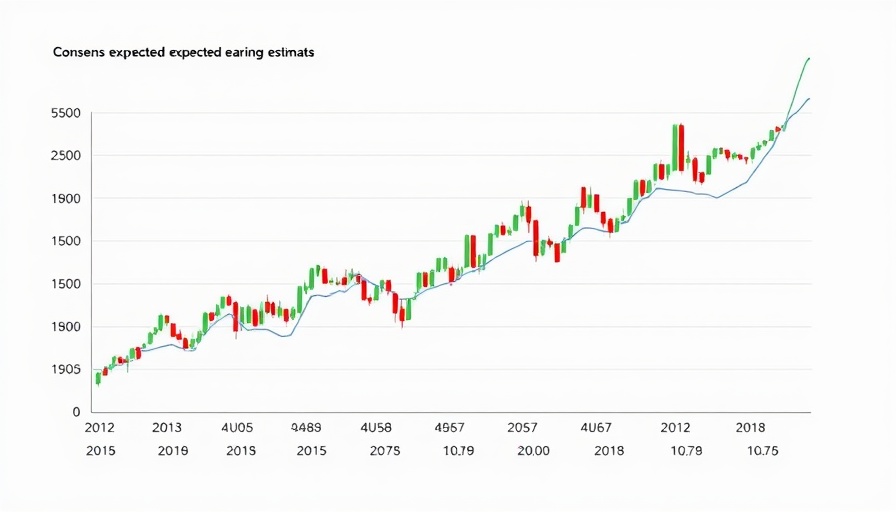
The Amazon Prime Machine: A Case Study in Empathy
Amazon's Prime program is often perceived merely as a shopping incentive, but it serves as a dynamic framework for understanding consumer behavior. As a prime example of leveraging empathy in marketing, Amazon has not only influenced consumer expectations but has effectively reshaped the retail landscape, setting standards that smaller businesses often feel pressured to meet.
Building Community Through Empathy
To navigate the challenges posed by mammoth retailers like Amazon, smaller businesses must pivot from aggressive discounting to community-building. The key lies in harnessing empathy and understanding customer needs. For instance, observe how Amazon meticulously positions its events in the lead-up to major holidays, preparing shoppers for fierce competition among sales. Businesses should listen actively and create their bespoke customer engagement strategies.
Adapting Amazon’s Strategies to Your Brand
Adopting Amazon's strategies starts with running your race. Identify the unique events that resonate with your community. Take cues from significant shopping days and position your events strategically—one or two weeks before or after major Amazon sales. Such planning can divert attention from Amazon’s shadow, providing a space for loyal customers to engage with your brand.
Feedback Loops: A Modern Necessity
Amazon’s strength lies in its ability to evolve by capturing real-time feedback. Implementing micro-feedback loops allows businesses of any size to gather invaluable insights. After transactions, a simple two-question survey can uncover customer sentiments and expectations, informing areas for improvement. This feedback becomes the bedrock for creating a continuous cycle of enhancement that rivals even the giants.
The Value of Over-Delivery
In a marketplace dominated by price wars, the principle of over-delivering can catalyze customer loyalty. Small ventures can cultivate trust through swift responses to feedback. One might consider introducing ‘Wow Workflows’—personalized efforts such as thank-you notes or surprise gifts—upon receiving constructive criticism. Such gestures not only display commitment but also transform customer interactions positively.
Conditioning Customers to Crave Your Offerings
To emulate the clever promotional strategies of Amazon’s PR machine, smaller retailers should create a buzz around their unique selling propositions. Offering exclusive previews, special sales events, or limited-time offers fosters a sense of urgency and exclusivity akin to what Amazon bestows upon its Prime customers. Establishing a dedicated promotional calendar can help cultivate anticipation among customers, prompting them to look forward to your special events.
Connecting Through Empathy
Understanding customer emotions is central to building lasting relationships. Utilize storytelling in your marketing campaigns, showcasing real customers and their experiences with your product. Stories resonate on an emotional level, humanizing your brand in the eyes of consumers. This approach not only enhances empathy but also creates a shared sense of ownership among your customer base.
Future Trends and Opportunities in Retail
The future of retail points towards personalization powered by technology. As advancements such as AI and data analytics continue to evolve, businesses that embed empathy into their operations will find substantial advantages. Crafting a thoughtful customer journey remains a focal point as retail continues to be disrupted by technology.
Final Thoughts: Embracing Empathy in a Tech-Driven World
As technology evolves, so must our approach to customers. Embracing empathy can be a game-changer, drawing customers into a trusting relationship rather than treating them as mere transaction sources. Small businesses wield the power to not just survive against the Amazon giants but to thrive by employing these empathy-building strategies. With customer loyalty at the core, they can establish not just a brand, but a community.
 Add Row
Add Row  Add
Add 




 Add Row
Add Row  Add
Add 


Write A Comment